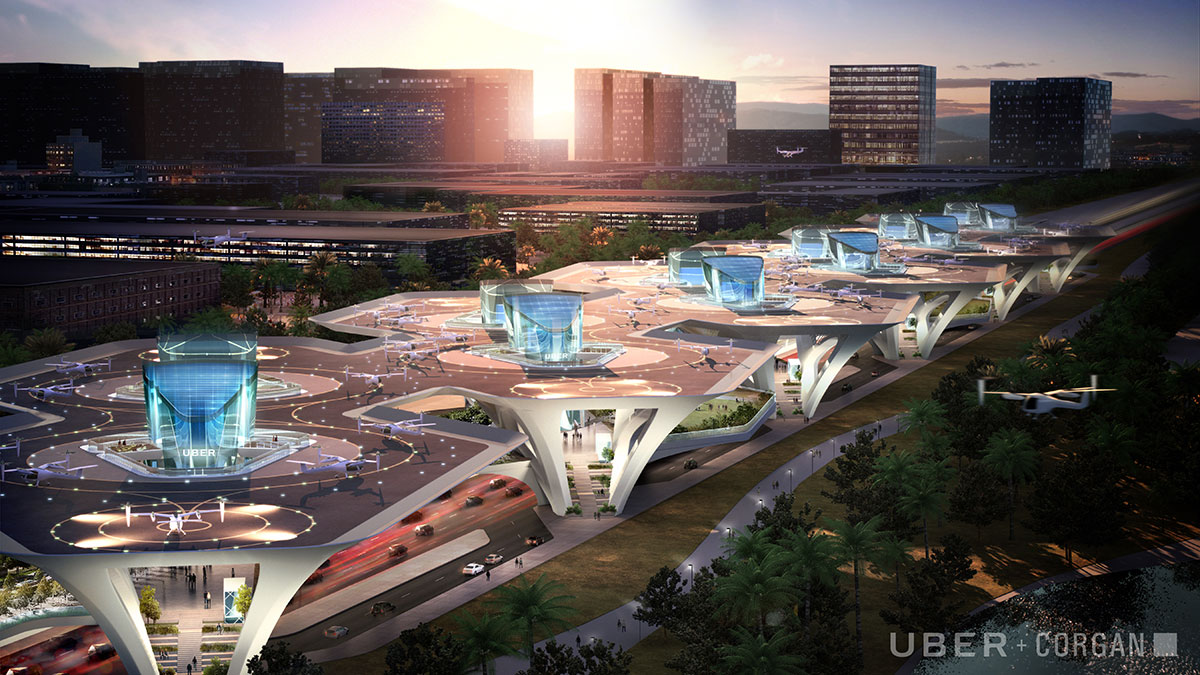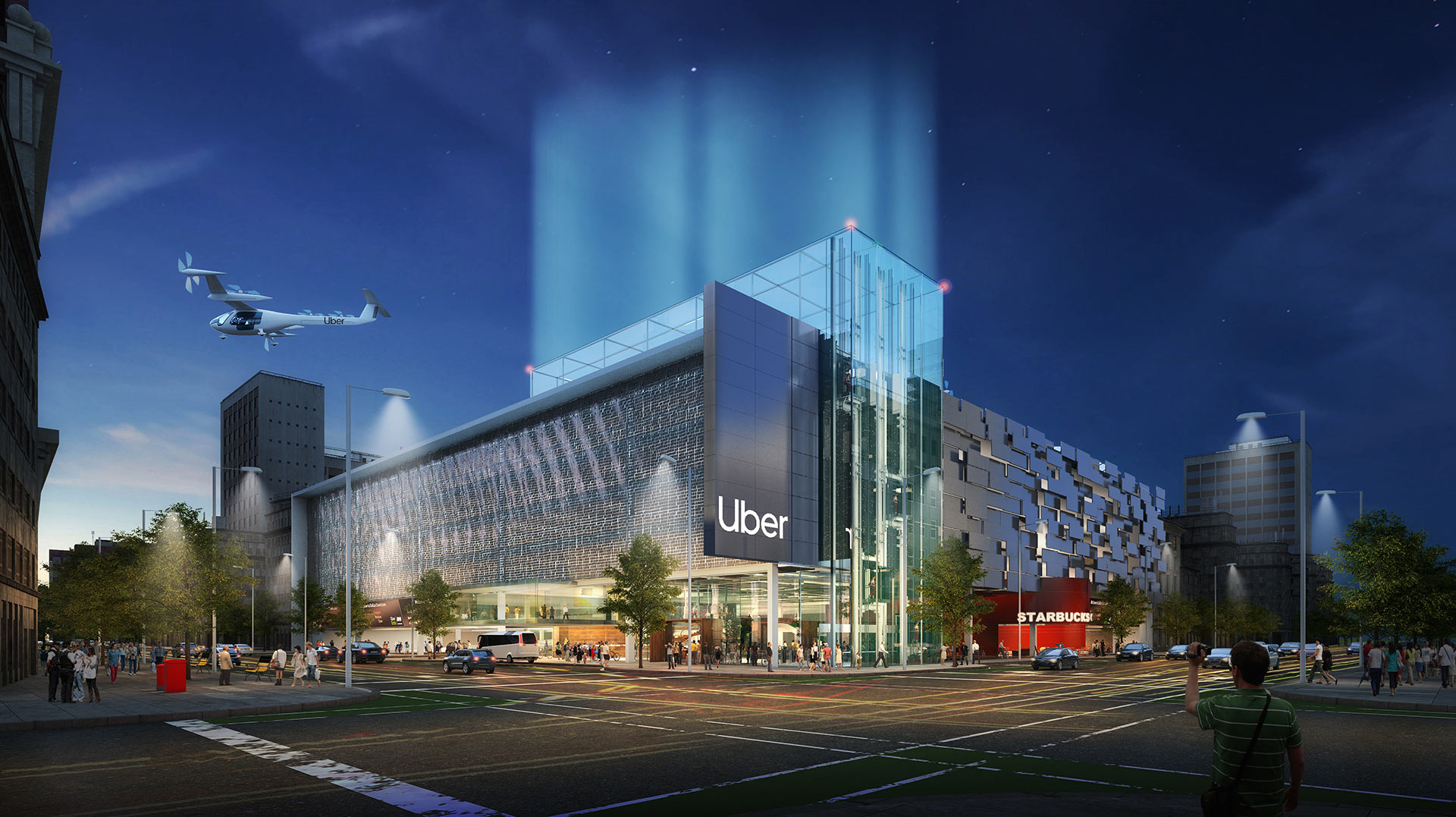
Lyft's service area is more limited at this point.With Uber, it's mostly an online procedure, and prospective drivers do not meet with or talk to anyone before getting approved. Lyft screens drivers with an extra step (called the Mentor/Welcome ride), in which an experienced driver meets with the prospective driver as part of the onboarding process.Because of limited drivers on the road, Lyft's request distances can be very long in comparison to Uber's.For me, I get tipped very rarely on Uber, and almost half the time on Lyft.Uber's app has no place for it, and Uber's marketing has convinced many passengers that tips are either included somehow, and/or not necessary. Lyft's app encourages and facilitates tipping.Uber takes 20% from cancellation fees.A $4.00 minimum fare on UberX is $4.00 for the passenger, and $2.40 for the driver. Thus, a $4.00 minimum fare on Lyft is $5.50 for the passenger, and $3.20 net for the driver. The highest I've personally seen it is at 200% (3.0x surge). Lyft's Prime Time rarely goes over 100% (which is equivalent to a Uber 2.0x surge). I've seen Uber's surges go from 1.2x to 6.6x (and have heard of higher). Uber's Surge Pricing tends to go higher, with more dramatic spikes, than does Lyft's Prime Time pricing.A lot of this comes from the extra service levels that Uber has (Select, Black, etc), but much of the perception comes from Uber's Surge Pricing. People think Uber is more expensive, even though the fares between Lyft and UberX are virtually identical, except for the Rider Fee (Uber, $1.00) vs Lyft's $1.50 Trust & Safety Fee.My guess is 10-1 over Lyft, but that's just a guess.



Some are elementary to long-time forum members. Here's a short breakdown of key differences, pro and con, based on my observations over the past few months.


 0 kommentar(er)
0 kommentar(er)
